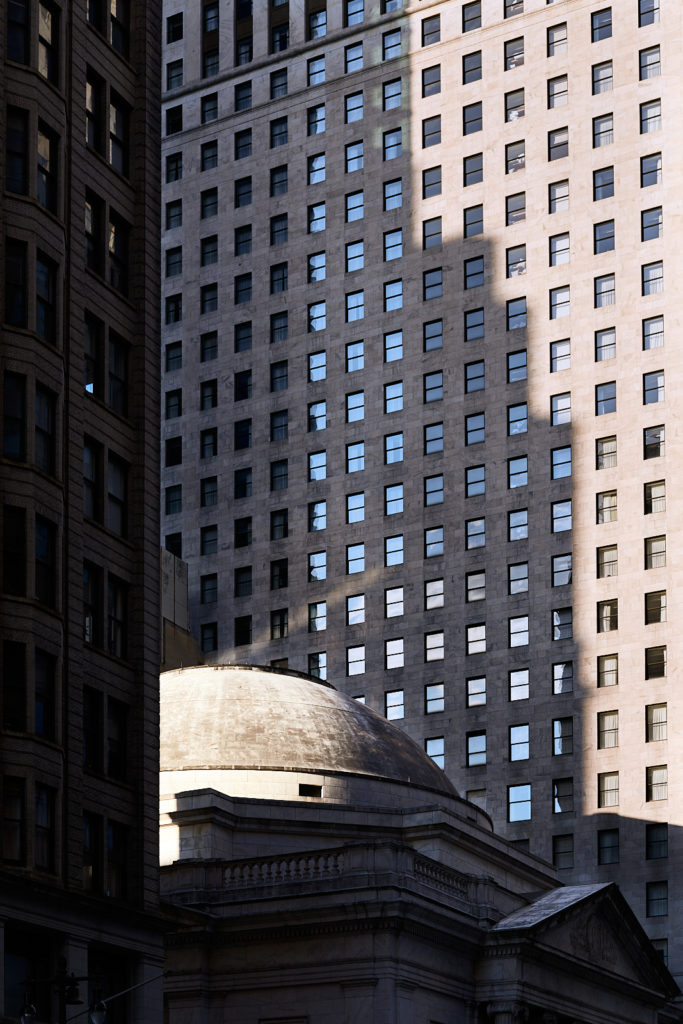Postcards are, in many ways, the opposite of snapshots. They are carefully timed, sometimes staged, usually aspirational scenes. I say aspirational because they project a longed-for and idealized experience. They also tend to homogenize our experiences of a place, produced as they are by a tourism industry that seeks to commodify and promote particular destinations. It is their connection to place that can make postcards today seem outdated. In a world that produces, shares, and consumes selfies and other influencer generated images, which are about promoting a personal brand rather than a place or a destination, postcards are quaint artifacts of twentieth-century capitalism. But postcards have, I think, various qualities that make them a valuable medium, some of which they share with snapshots.

Postcards are intentional. They depict a scene that a sender has chosen, often from a spinning, wire-rack tree of postcards outside a souvenir shop. Something about that scene resonated with the sender. Postcards are also intended for somebody, a recipient. They are not broadcast to a following, but sent to a family member, friend, or acquaintance. Postcards thus also reflect the sender’s assumptions about the recipient.
Their specificity is marked also in the messages scrawled on the back. Postcards are written, however hastily, to somebody. They might include a report of what the sender was doing, might include platitudes about the weather, might include well wishes, or might include a seemingly insignificant comment. Regardless, postcards are an opportunity for the sender to say something to the recipient. Postcards, therefore, connect two people.

Like snapshots, the postcard’s physicality is comforting. That comfort begins with finding a postcard in the mailbox, amongst all the institutionally addressed window-envelopes with metered postage in the upper right corner. The roughly 4×6” hand-written postcard complete with postage stamp stands out as a reminder that we are more than an account number, that we are important to another person. We have the physical proof of it in this postcard we now hold.
Again, like snapshots, postcards seem to take on significance with time and distance. Sometimes we contemplate them, reading and rereading the message on the back, before taping the postcard on a wall or mirror or appliance so we can glance at it regularly and think of the person who sent it. Other times, quickly read and tossed into a drawer or box to be discovered later, postcards become important mementos of people and relationships, relics of former lives.

And finally, like snapshots, postcards are mundane. They are not, despite the aspirations of some printers, fine art. The wide, white border found on so many artsy postcards does not elevate their status. It just makes the photograph smaller. They might be a pretty photograph of a picturesque scene, but they are not fine art. They are quotidian, even when they are sent from some exotic place.
These observations seem to hold whether we send postcards to people we know or simply collect them for our future selves. Maybe we should all send more postcards.